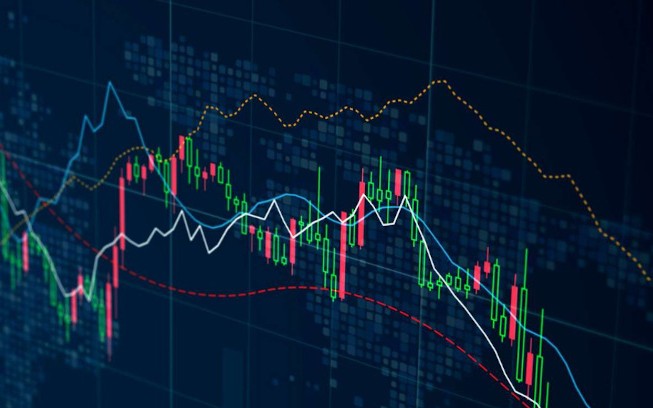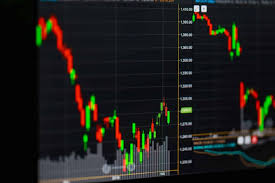The Ultimate Forex Trading Simulator for Aspiring Traders

The Ultimate Forex Trading Simulator for Aspiring Traders
In the fast-paced world of forex trading, simulation tools have become indispensable for both novice and experienced traders. The forex trading simulator Trading Brokers in Turkey recommend using a Forex trading simulator as an essential part of your trading journey. But what exactly is a Forex trading simulator, and how can it significantly improve your trading skills? In this article, we will delve into the details of forex simulators, their benefits, features, and how to choose the right one for your trading needs.
What is a Forex Trading Simulator?
A Forex trading simulator is a software application that allows traders to practice buying and selling currency pairs in a risk-free environment. These simulators replicate real market conditions, providing users with a realistic trading experience without the risk of losing real money. By using a simulator, traders can test various strategies, understand market dynamics, and develop their trading skills without financial pressure.
Benefits of Using a Forex Trading Simulator
1. Risk-Free Practice
One of the most significant advantages of using a trading simulator is the ability to practice risk-free. New traders can experiment with different strategies and learn the mechanics of trading without the fear of losing actual funds. This environment fosters learning and allows traders to build confidence before venturing into live trading.
2. Strategy Development
A Forex simulator allows traders to develop and test trading strategies. Traders can analyze their success rates, refine their approaches, and ultimately find what works best for their individual trading styles. This iterative process of strategy formulation is crucial in achieving long-term success in the Forex market.
3. Better Understanding of Market Dynamics
Simulators provide a platform to observe and learn how different factors affect currency movements. From geopolitical events to economic reports, users can see how these factors play out in real time and how they influence market sentiment. This knowledge can inform more educated trading decisions when transitioning to live trading.
4. Practice Risk Management
Risk management is a cornerstone of successful trading. A Forex trading simulator helps traders practice managing their risk by setting stop-loss orders, maximizing profits, and taking calculated risks. Understanding how to maintain a healthy risk-to-reward ratio can significantly impact trading outcomes.

5. Emotional Control
Trading can be an emotional rollercoaster, especially when real money is on the line. Using a simulator allows traders to practice emotional control in a supportive environment. By experiencing virtual wins and losses, traders can learn to handle their emotions better, resulting in a more disciplined trading approach when they enter the live market.
Key Features of a Forex Trading Simulator
When choosing a Forex trading simulator, certain features can enhance the training experience. Below are key features to look for:
1. User-Friendly Interface
An effective simulator should have an intuitive and user-friendly interface that allows traders to navigate quickly. Complex software can be overwhelming, especially for beginners, so look for a simulator that prioritizes ease of use.
2. Real-Time Data
The best simulators provide access to real-time market data and charts, enabling traders to practice with the most current information available. This feature is essential for developing a trading approach that aligns with changing market conditions.
3. Historical Data Access
Access to historical data allows traders to simulate past market conditions and test strategies against different scenarios. Analyzing how historical events affected currency pairs can provide valuable insights for future trading.
4. Customizable Settings
Customization options let traders adjust parameters according to their strategies and preferences. This flexibility is crucial for developing and adapting strategies specific to individual trading styles.
5. Educational Resources

A simulator that offers educational resources, such as tutorials, webinars, and market analysis, can enhance the learning experience. These resources provide additional value by helping traders understand various trading concepts and improve their knowledge continuously.
How to Choose the Right Forex Trading Simulator
Selecting the right Forex trading simulator depends on several factors. Here are some tips on choosing the one that fits your needs best:
1. Assess Your Goals
Before selecting a simulator, assess your trading goals and objectives. If you’re a beginner, prioritize simulators that provide ample educational resources. Experienced traders might focus more on features that support advanced strategy testing.
2. Explore Reviews and Ratings
Research and read reviews from other traders about various simulators. Getting insights from other users can help you avoid options that may not meet your expectations or needs.
3. Evaluate Costs
While many simulators offer free trials, others may require a subscription or one-time fee. Consider your budget and evaluate whether the costs align with the features and educational value provided.
4. Try Before You Buy
Always take advantage of free trials whenever available. Testing multiple simulators can help you determine which one resonates best with your trading style.
Conclusion
In conclusion, a Forex trading simulator is a powerful tool that can redefine your trading journey. By offering a risk-free environment to practice and learn, it enables traders to refine their strategies, practice risk management, and gain a deep understanding of market dynamics. As you embark on your Forex trading journey, remember that leveraging a simulator can be the bridge between theory and real-world trading success, setting you on the path to achieving your financial goals.


ใส่ความเห็น